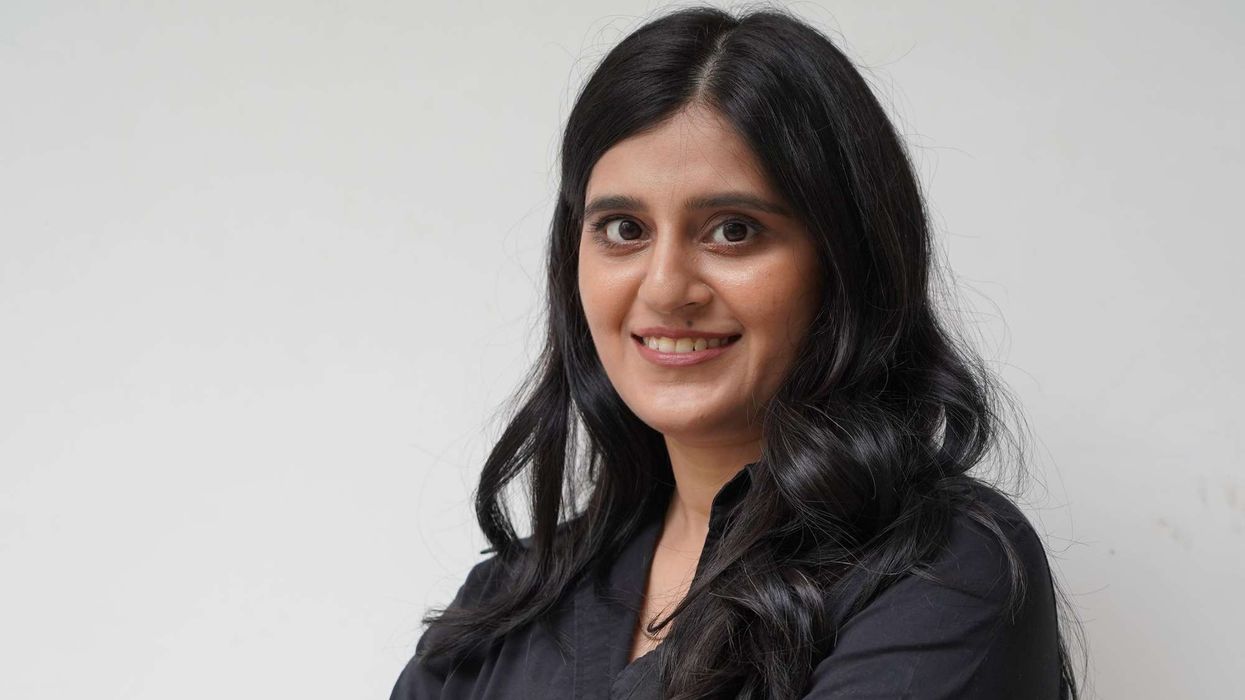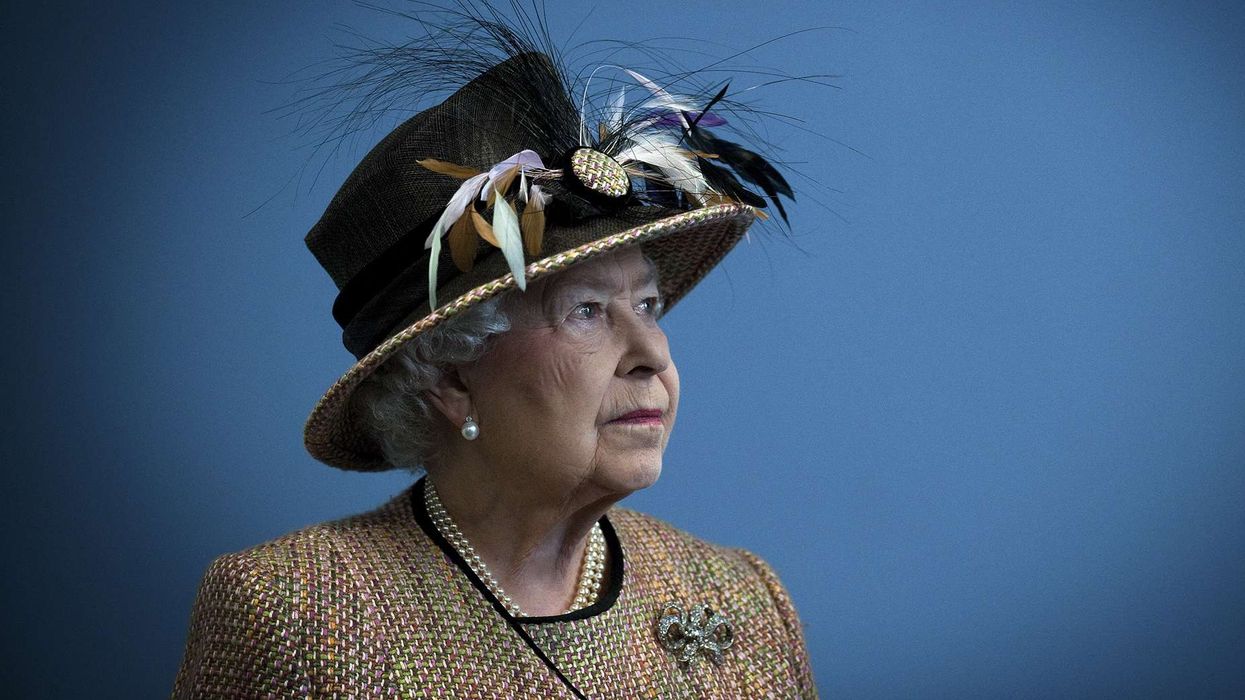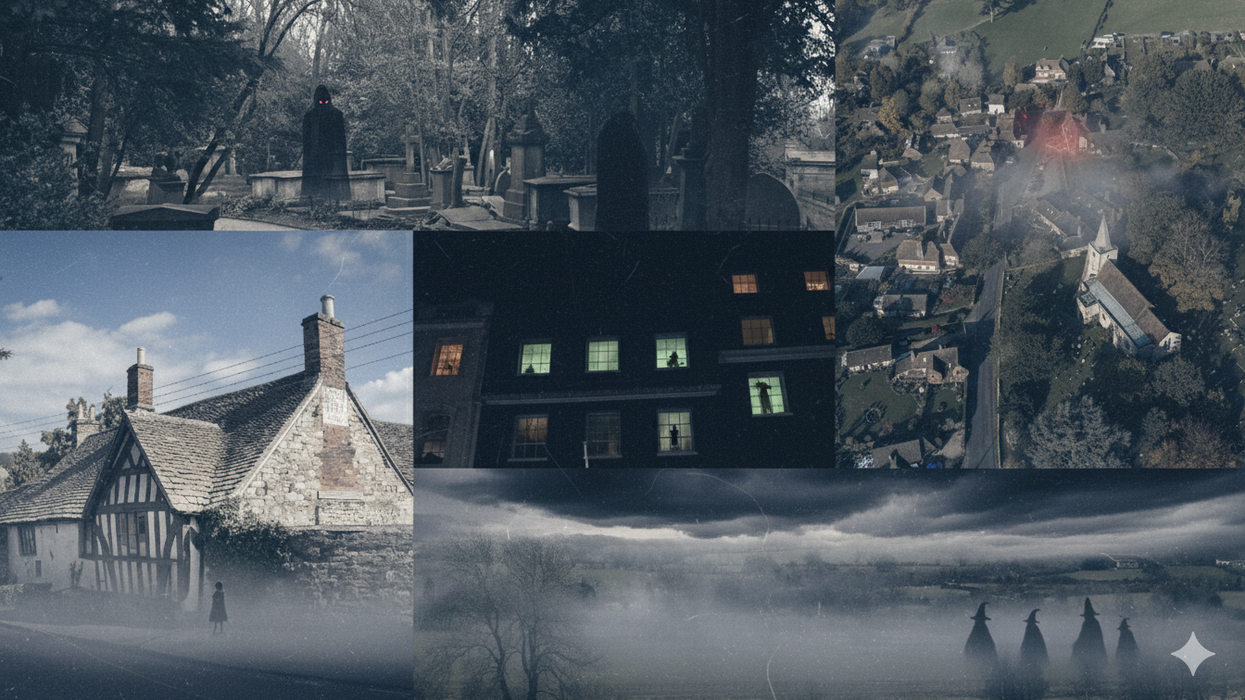Highlights
- Chandrakant and Sharda Chandarana, both 91, have gone viral on Instagram for speaking in Gujarati.
- Videos shared by their granddaughter show them bickering, dancing, and embracing their culture.
- The couple are now promoting the Gujarati language to younger generations in the UK.
- Their clips have reached millions, with one video alone viewed over 5.1 million times.
Celebrating Gujarati culture online
A married couple from Birstall, Leicestershire, both aged 91, have become unexpected social media stars. Chandrakant and Sharda Chandarana have amassed more than 84,000 Instagram followers for their humorous and heartfelt videos that showcase everyday life, all in Gujarati.
The couple’s rise in popularity began when their granddaughter, Rupa Nathwani, shared a light-hearted video of them playfully arguing in their native language. What started as a spontaneous upload quickly attracted millions of views and grew into a platform celebrating Gujarati heritage.
Viral fame turned cultural mission
Originally intended to highlight their charm and humour, the account has grown into a space to promote the Gujarati language and traditions. With Gujarati speakers in England and Wales declining from 213,000 in 2011 to 189,000 in 2021, their digital efforts have resonated with many viewers, particularly younger South Asians reconnecting with their roots.
Rupa Nathwani says the couple’s authenticity is what draws people in:
“They’ve got so much charm, vibrancy, and personality for that age. People love them for being themselves.”
The Chandaranas are affectionately referred to as “Nini and Nanu” by followers, many of whom have praised them for helping keep their linguistic and cultural heritage alive.
“We are proud to be Gujarati”
In one of their widely shared clips, Mr Chandarana states:
“We are Gujarati and we must teach our children the Gujarati language and make them proud to become a Gujarati.”
Mrs Chandarana echoed the sentiment, saying:
“We shouldn’t forget our sanskriti, our culture. We are proud to be Gujarati so we teach our children so everybody can be proud.”

A life lived together
The couple first met in Uganda in 1956 and were married the following year. They later moved to London in 1971, where Mr Chandarana worked in accounts. In 2023, they settled in Birstall to live with their daughter and grandchildren.
Now married for 68 years, the pair say the secret to a lasting relationship lies in mutual respect and letting go of grievances.
Mrs Chandarana says :“Forgive and forget.”
Mr Chandarana adds: “Love is very important.”
Generational inspiration
The Chandaranas’ story is not just one of viral fame, but of cultural preservation. Their online presence is helping to bridge the generational divide between South Asian elders and British-born youth.
Their followers have shared how the couple’s posts have reignited their interest in Gujarati and encouraged family conversations around heritage. One user commented:
“You help me keep alive the little Gujarati I do understand. We are also learning new words from them.”
As their popularity grows, so too does the message they’re spreading — that culture, language, and love transcend age and technology.













